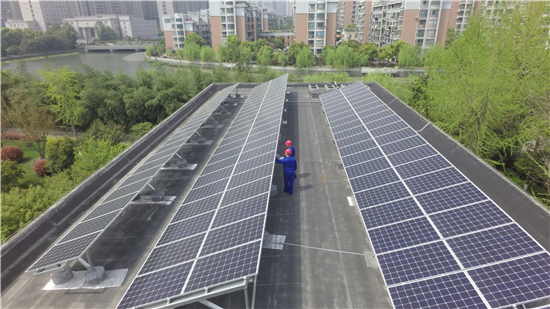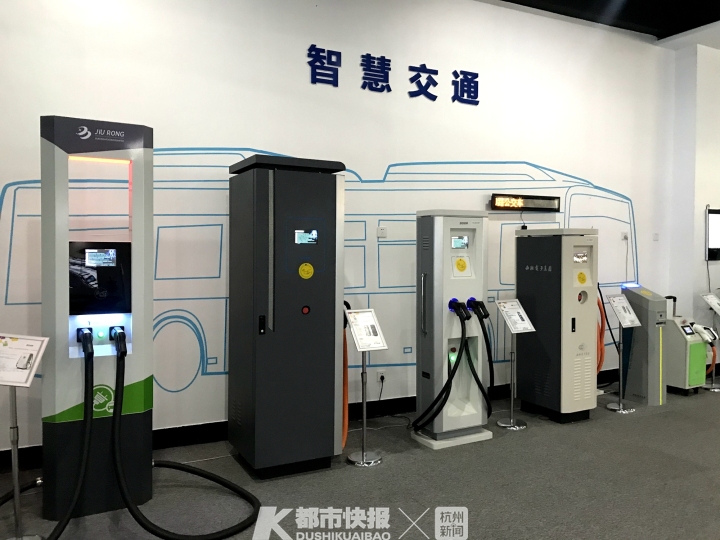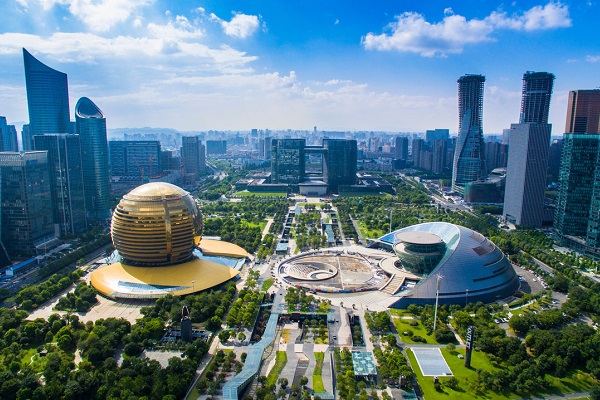New energy becomes Hangzhou's second largest power source

Solar panels installed on the roof of the building of Xiaoshan Dali (China) Company are pictured in Hangzhou. [Photo by Yao Jinglin/hangzhou.com.cn]
New energy has become the second largest power source in Hangzhou, capital of East China's Zhejiang province, the Hangzhou branch of State Grid Corporation announced on March 20.
According to the announcement, the installed capacity of new energy in Hangzhou reached 1.81 million kilowatts, surpassing the installed capacity of hydropower for the first time in the city's history and making new energy the second largest power source following thermal power in Hangzhou.
New energy includes wind power, photovoltaic power, photo-thermal power, and biomass power. For Hangzhou, photovoltaic and biomass powers have become the main new energy sources in the city.
In 2020, the electricity generated by new energy sources in Hangzhou reached 2.98 billion kilowatt-hours, helping reduce carbon dioxide emissions by 2.89 million tons.

A variety of charging poles are seen in Hangzhou. [Photo/hangzhou.com.cn]
Currently, the new energy installed power-generating capacity in Hangzhou amounts to 1.81 million kilowatt-hours, accounting for 19.45 percent of the city's total power-generating installed capacity.
National authorities have proposed reaching the goal of carbon neutrality by 2060. Over the past two months, the newly added photovoltaic installed capacity in Hangzhou reached 35.7 megawatts, a year-on-year increase of 55.7 percent.
It is estimated that Hangzhou will add 1.7 million kilowatts of photovoltaic power supply during the 14th Five-Year Plan (2021-25), making the city's total photovoltaic power generation reach 2.98 million kilowatts.
-
Visionary Pathway - Hangzhou Playbook
July 15, 2025



